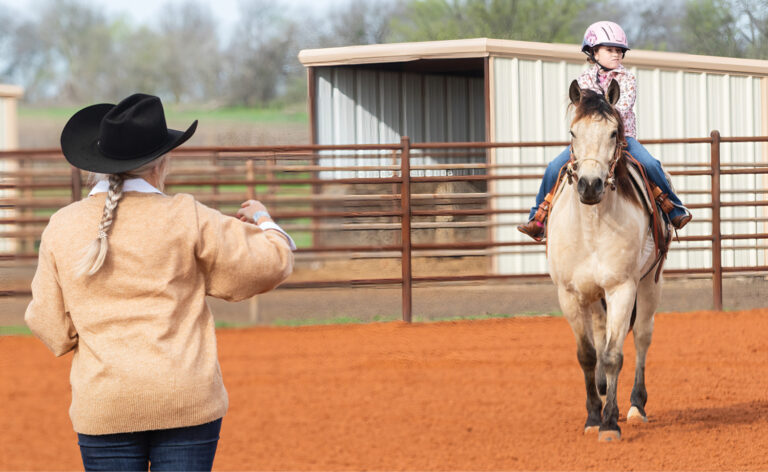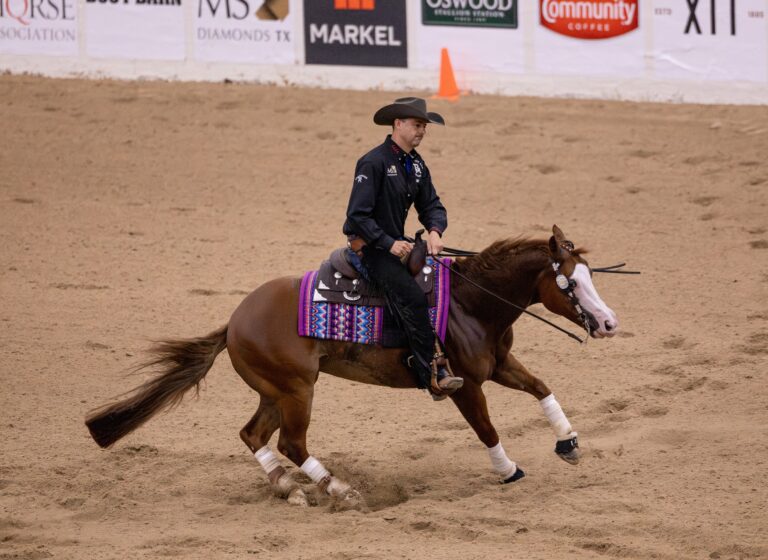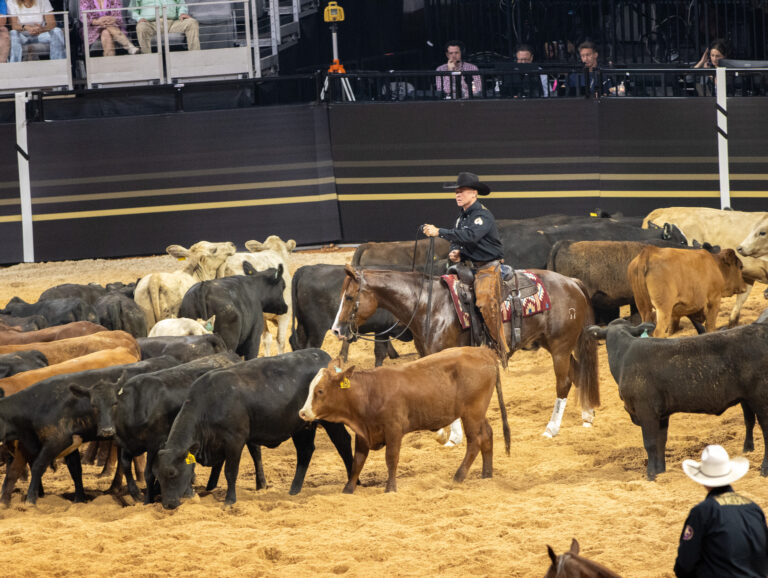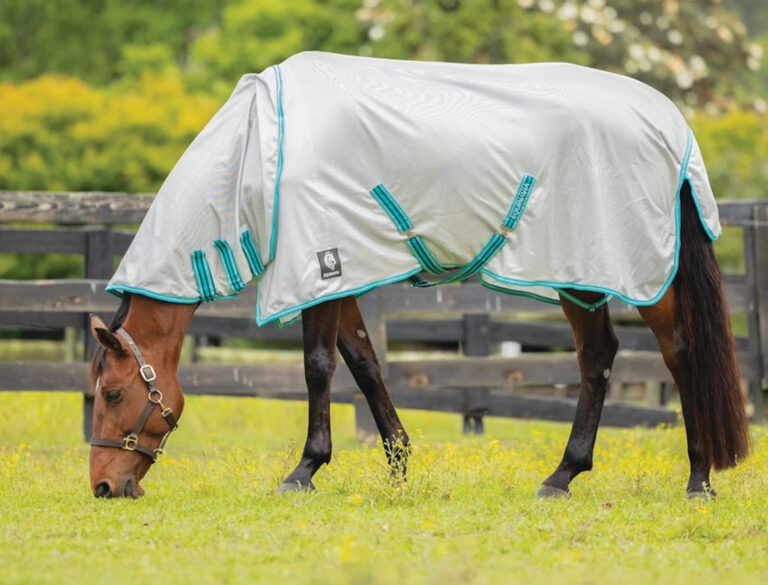Murmur. I lower my voice an octave or two and speak very slowly. I slow my movements, too, and my horse usually responds. Calm equals calm.
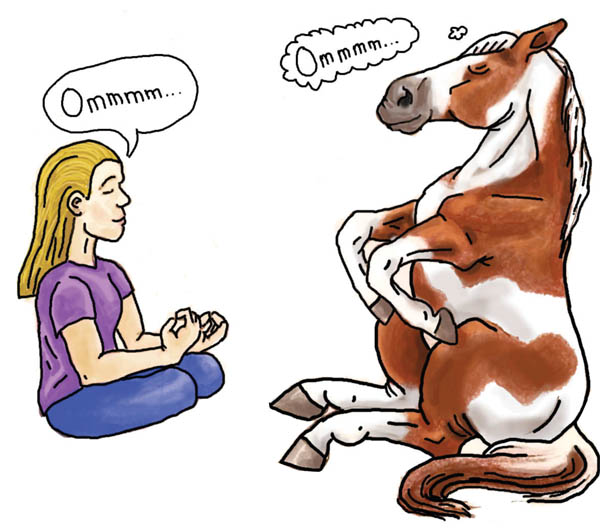
Paula Zdenek, California
Sit deep. I also make sure I’m breathing deeply and regularly. They say horses can sense our breathing, and my Arabian gelding definitely can sense mine.
Ellie Macero, New Mexico
Scratch his withers. And, if no one else is around, I also sing to him. He starts to calm down and listen again once he hears my voice.
Olivia Peterson, California
Flex and hold. I calm my Appaloosa mare by flexing her neck to the side and holding until she relaxes. If she tenses up again, I repeat to the other side, bringing her attention back to me.
Theda Jules, Utah
Go to basics. I give my Quarter Horse gelding something to focus on, like lifting his shoulder as we circle an object. The first time I took him to the beach, he went nuts over the kites and dune buggies. I just kept circling him around a rock, asking for his face and shoulders each way, until he got his brain back.
Bennie Alexander, Idaho
Cluck and bump. Proper preparation is key. I make sure I have my horse’s attention when I ride, and a cluck or a bump with my calves is usually enough to get his attention back on me if it wanders. Next I’ll disengage the hindquarters, and if that doesn’t work, it’s time to step off!
Dianne McCleery, California
Caress and sing. My Morgan/mustang-cross gelding, Chance, could always be calmed if I gently stroked his neck and sang to him a favorite song of mine, “Dona Nobis Pacem”—which means “give us peace.”
Barbara Campbell, Arizona
Assign busy work. When my Paint mare is changing directions this way and that at a brisk trot, she usually doesn’t have brain cells left over to think about what’s bugging her.
Mary Devinson, Ohio
Flex side to side. When my red dun roan Quarter Horse mare gets excited, I flex her laterally from side to side. It gets her concentrating on that instead of what made her nervous in the first place.
Dina Connolley, Minnesota
Keep it simple. I ask for a series of basic maneuvers, like steering in different directions, and flexing vertically at the poll. Simple exercises boost my gelding’s confidence and ease his anxiety.
Paul Jenner, Texas
Lower his head. A horse is always calmer with a lowered head, so I teach a head-down cue (fingertip pressure applied to the poll) that I can use from the ground as the situation requires.
Juliana Smith, Pennsylvania
Hum. A few choruses of “Yellow Submarine” works every time!
Sharon Martin, Washington

